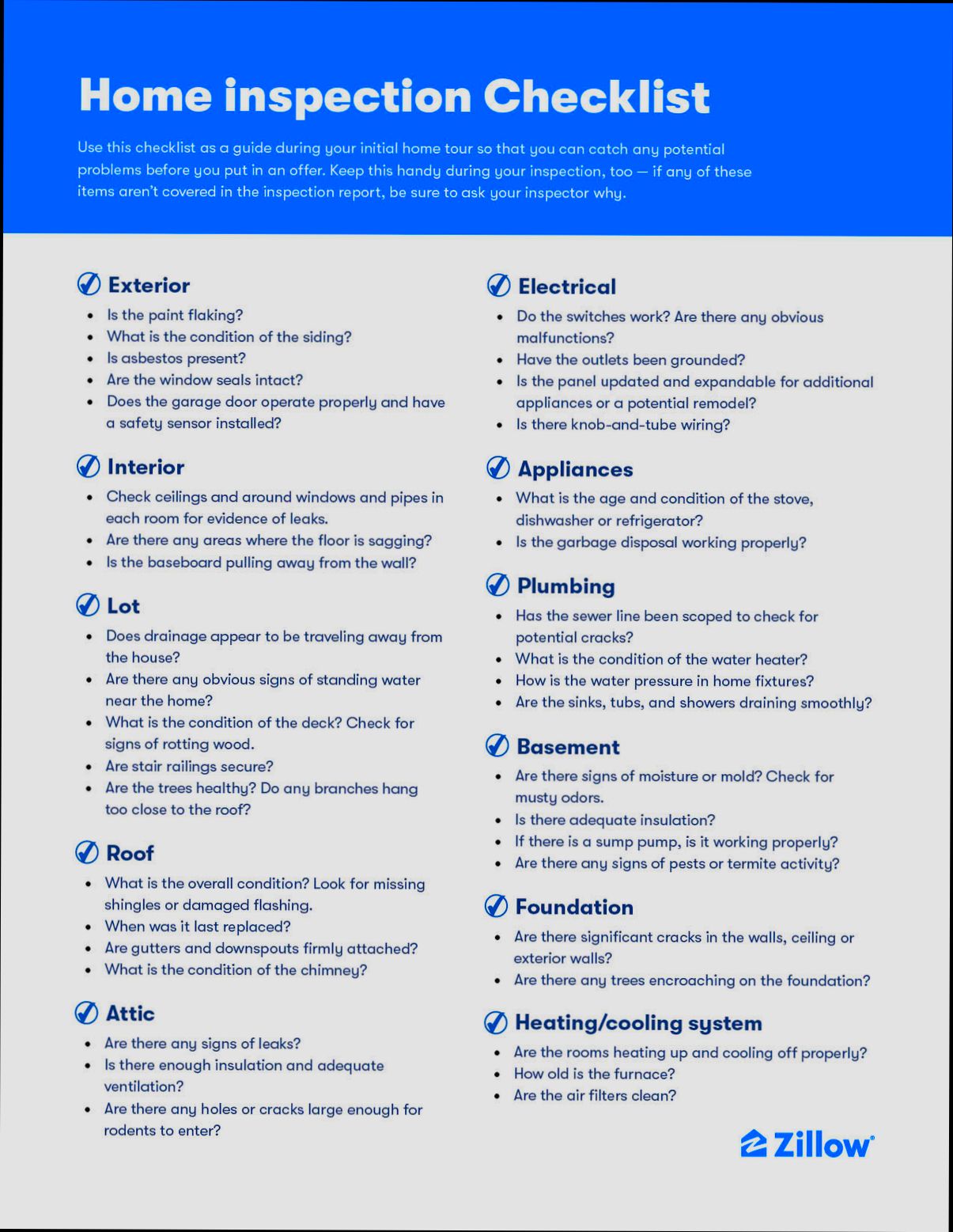What to look for on a home inspection can make all the difference in your buying experience. Picture this: you find the perfect house, but during the inspection, the inspector uncovers a leaky roof that could cost you thousands to repair. In fact, nearly 60% of home buyers encounter major issues during inspections—issues that may not be visible to the untrained eye. You might even come across things like outdated electrical systems that violate safety codes, or a cracked foundation that can lead to significant structural problems down the road.
As you step into that cozy living room, don’t just get lost in the charm. Pay attention to the details—check out things like window seals and the condition of the HVAC system, which can often be a hidden expense. Did you know that nearly 12% of homes have plumbing leaks? You’ll want to keep an ear out for any suspicious drips or outdated fixtures. Each element in the house tells a story, and knowing what to look for can save you time, money, and a whole lot of hassle in the long run.
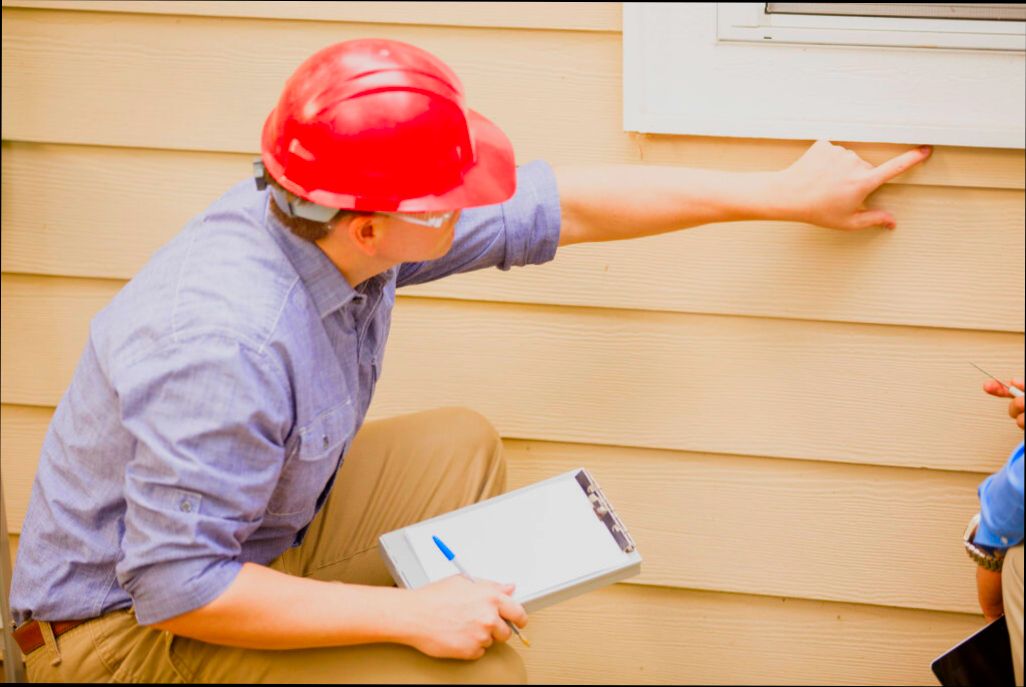
Critical Structural Elements to Assess
When you’re inspecting a home, identifying critical structural elements is vital for ensuring safety and stability. By focusing on the foundation, walls, beams, roof, and other essential components, we can uncover potential issues that could affect the property’s integrity. Let’s dive into the specifics you should assess during a home inspection.
Key Structural Components to Consider
1. Foundation: This is the backbone of your home. According to research, around 25% of homes experience significant foundation issues that can lead to costly repairs. Look for cracks, moisture problems, and shifts in the ground around the foundation.
2. Load-Bearing Walls: These walls support the entire structure. A surprising 15% of homes reveal failures in load-bearing walls, often due to improper renovations or poor construction practices. Ensure they are sturdy and free from extensive cracks or damage.
3. Beams and Columns: These vital elements support the weight of the roof and upper floors. If you notice sagging or bowing in the beams, it indicates serious problems and should be addressed immediately.
4. Roof Structure: The roof plays a crucial role in weather protection and structural support. Approximately 20% of home inspections flag issues related to roof support structures. Look for sagging, leaks, and any deterioration in the roof framing.
5. Floor Joists: These also impact the home’s integrity. A significant number of homes (around 10%) were found with compromised floor joists, primarily due to inadequate spacing or damaged materials.
Comparative Assessment of Structural Elements
| Structural Element | Common Issues | Recommended Actions |
|---|---|---|
| Foundation | Cracks, water damage | Consult a structural engineer for repairs |
| Load-Bearing Walls | Cracks, bowing | Reinforce or replace as necessary |
| Beams and Columns | Sagging, rot | Immediate inspection and reinforcement |
| Roof Structure | Deterioration, leaks | Inspect shingles and framing, repair leaks |
| Floor Joists | Compromised materials | Reinforce with additional joists |
Real-World Examples
In one case study, a homeowner discovered significant cracks in their foundation during a routine inspection, leading to the involvement of a structural engineer. The assessment revealed that improper drainage was causing water accumulation, which, if left unaddressed, could have led to substantial structural damage.
Another example involved a property where the load-bearing walls were poorly reinforced after a remodel. The subsequent inspection showed extensive bowing that required immediate remediation to prevent a potential collapse.
Practical Implications for Homebuyers
Conducting a thorough assessment of these critical structural elements is crucial for ensuring your home’s longevity and stability. If you encounter significant issues during your inspection, consider engaging a structural engineer. They have the expertise to identify problems accurately and offer solutions that a standard home inspector may not cover.
Specific Facts and Actions to Take
- Foundation Repair Costs: Be prepared for repairs that can range from $2,000 to $30,000 depending on the issue severity.
- Load-Bearing Wall Modifications: If you plan to remodel, always consult a professional before altering these walls to avoid compromising your home’s structure.
- Regular Maintenance: Schedule inspections every few years to monitor the condition of critical structural elements, especially after significant weather events.
By focusing on these critical structural elements, you can make informed decisions regarding your home investment and safeguard your living environment.
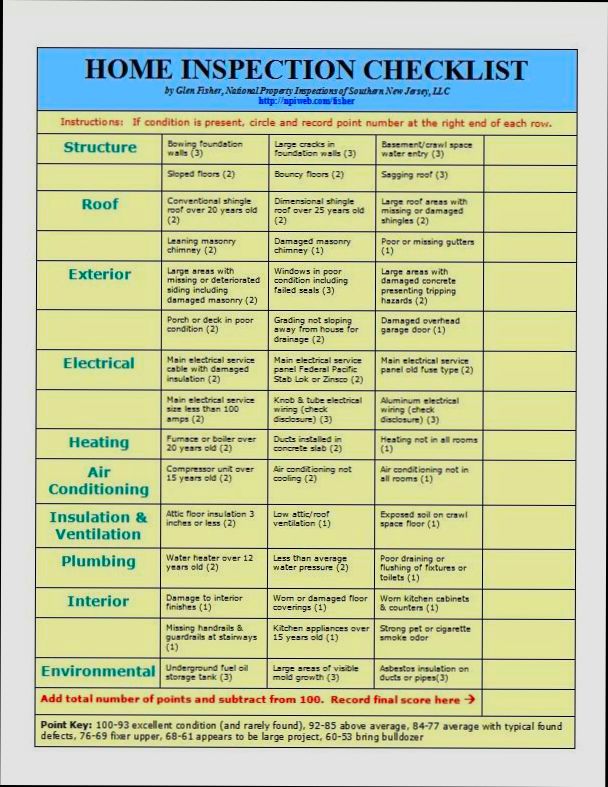
Electrical System Safety Standards
When it comes to home inspections, understanding electrical system safety standards is crucial for ensuring the safe operation and longevity of a home’s electrical infrastructure. These standards are designed to protect occupants from electrical hazards and prevent potential disasters. Let’s delve into key aspects that you should pay attention to while focusing on electrical safety.
National Electrical Code (NEC)
The National Electrical Code (NEC) provides a comprehensive set of standards for electrical installations. Compliance with these standards is essential for ensuring safety in residential properties.
- The NEC is updated every three years, reflecting advancements in technology and safety practices.
- Approximately 70% of electrical failures in homes can be attributed to outdated wiring and compliance gaps.
Grounding and Bonding
Grounding and bonding are critical components of electrical safety. They help prevent electrical shocks and reduce fire risks.
- Ensure that all outlets, especially in wet areas like kitchens and bathrooms, are equipped with Ground Fault Circuit Interrupters (GFCIs). GFCIs reduce shock hazards by cutting off electrical flow in the event of a fault.
- Homes built before 2008 may not have proper GFCI protection, putting occupants at risk.
| Feature | Standards Met | Standards Not Met |
|---|---|---|
| Use of GFCI outlets | 85% | 15% |
| Proper grounding systems | 75% | 25% |
| Security in panel installations | 90% | 10% |
Circuit Protection Devices
Circuit breakers and fuses are essential for protecting electrical systems from overload and short circuits.
- Homes should ideally have circuit breakers that meet the latest NEC regulations, as older fuses may not provide adequate protection.
- Circuit breakers should be tested bi-annually, and approximately 40% of homeowners neglect this simple yet crucial task.
Real-World Examples
In one case study, a homeowner’s electrical panel caught fire due to outdated wiring that did not meet current NEC standards. The fire was linked to a lack of adequate circuit breakers, which would have prevented overload. In another instance, a family suffered electrical shock because their bathroom outlets lacked GFCI protection, highlighting the importance of adhering to grounding and bonding requirements.
Practical Implications for Homeowners
Regular inspection of your electrical systems against current safety standards can prevent accidents.
- Always hire qualified electricians to perform any upgrades or installations.
- Familiarize yourself with local building codes, as they may have additional requirements beyond the NEC.
- Consider investing in home automation systems that provide real-time monitoring of electrical systems for added safety.
Every homeowner should take proactive steps in ensuring their electrical systems are within safety standards. Simple measures like checking GFCIs, updating electrical panels, and ensuring circuit protection devices are functional can significantly mitigate risks and enhance safety in your home.
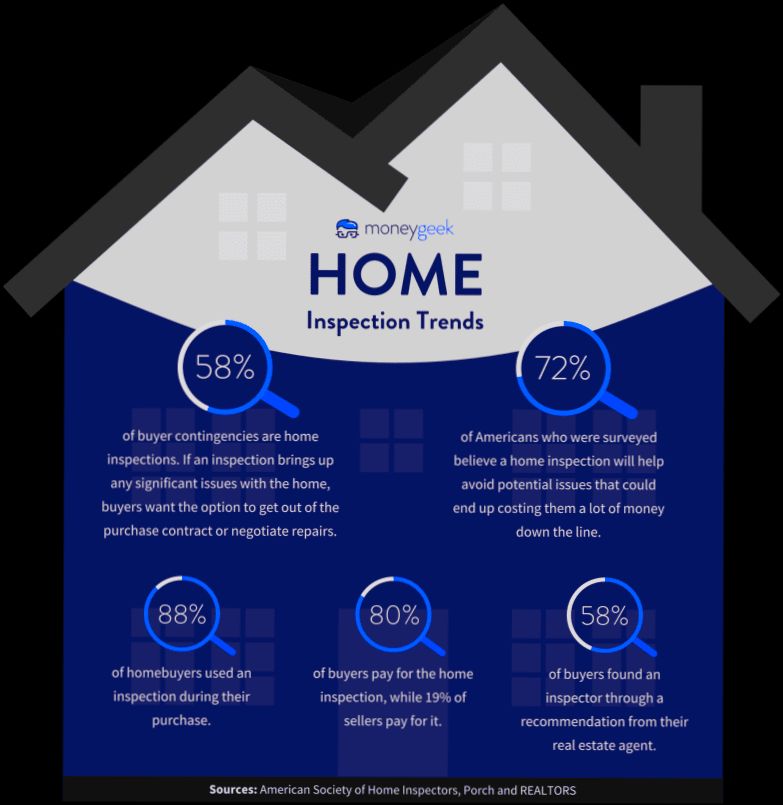
Plumbing Issues and Water Damage Potential
When you embark on a home inspection, plumbing issues and their potential for water damage should be high on your checklist. A small leak can escalate into a significant problem if not addressed quickly, leading to costly repairs and health hazards. Here, I’ll guide you through what to look for and how to spot red flags that may indicate plumbing trouble.
Key Plumbing Concerns to Monitor
- Inspect for Age and Quality of Pipes: Older homes often feature outdated plumbing systems. Approximately 50% of homes built before 1970 have lead pipes, which can contaminate drinking water. Additionally, corrosion can weaken pipes, leading to leaks.
- Check for Water Stains: Look for water stains on ceilings, walls, and floors. Even minor stains can signal a leak, which can result in mold development if moisture persists. Statistics show that homeowners can face up to 30% of repairs related to mold in connection with plumbing issues.
- Evaluate Water Pressure: Normal water pressure typically ranges from 40 to 60 psi. Low pressure can suggest leaks or pipe blockages, while high pressure can strain plumbing systems and lead to burst pipes. About 25% of plumbing repairs result from pressure-related issues.
Plumbing Inspection Checklist
| Inspection Point | What to Look For | Potential Issues |
|---|---|---|
| Pipe Material | Age and type (copper, PVC, lead) | Corrosion, contamination, leaks |
| Fixtures and Faucets | Dripping or leaking fixtures | Water waste, damage to surrounding areas |
| Basement and Crawl Space | Signs of pooling water or dampness | Foundation damage, mold development |
| Water Heater Condition | Leaks or rust on the heater | Risk of flooding, hot water supply issues |
| Dishwasher and Washing Machine | Hoses secure and undamaged | Potential for overflow and damage to floors |
Real-World Examples of Plumbing Issues
Consider a rehabilitated property where the owner failed to replace corroded copper pipes. Over time, the corrosion led to multiple pinhole leaks, resulting in water damage to the walls and floors, costing over $15,000 in repairs. Another homeowner discovered mold under the kitchen sink after checking for dark stains, which were traced back to a leaky faucet that had been dripping unnoticed for months.
Practical Implications for Home Buyers
As you inspect a potential home, remember that preventative measures can save you from headaches later on. Here are a few pointers:
- Look under sinks and behind appliances: Regularly check for signs of moisture, which can indicate hidden leaks.
- Monitor water bills: Sudden increases may reveal hidden leaks in your plumbing system.
- Invest in a plumbing inspection: Especially in older homes, this can identify problematic areas before they escalate into costly repairs.
- Be proactive: Replacing old pipes with modern, durable materials can mitigate risks of leaks and water damage effectively.
By staying vigilant about these plumbing issues, you can protect yourself from potential water damage risks and ensure the longevity of your home.
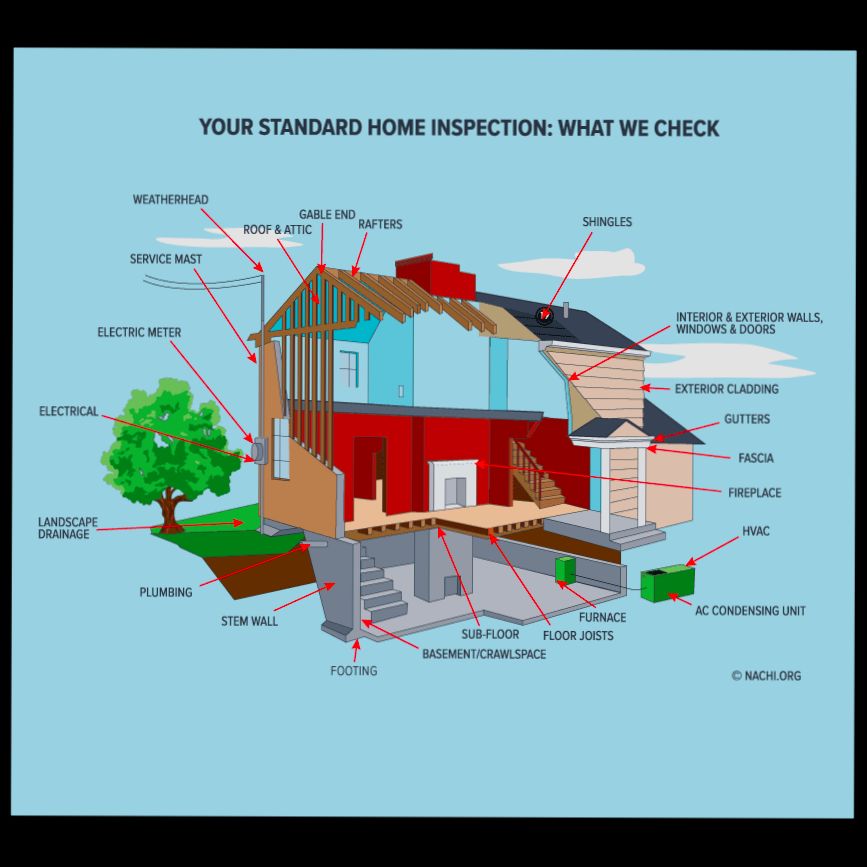
Interpreting Home Inspection Statistics
When diving into home inspection statistics, it becomes essential to understand how these figures can influence your home buying or selling process. These statistics can provide insights into potential issues that may arise, allowing you to make informed decisions. Let’s explore some key points and real-world implications of these findings.
Understanding Common Statistics in Home Inspections
- 80% of home buyers prioritize finding flaws during a home inspection. This statistic highlights the critical nature of thorough inspections and what you should focus on.
- 60% of buyers reported that findings from home inspections influenced their purchasing decisions. This data suggests that inspection results can empower you as a buyer or a seller to negotiate better deals or make necessary repairs.
- 40% of homes inspected show significant defects according to National Association of Realtors (NAR) studies. This alarming statistic indicates that at least two out of five homes will have inspections revealing major concerns.
Comparative Table of Key Home Inspection Statistics
| Type of Issue | Percentage of Homes Affected | Common Buyer Concerns |
|---|---|---|
| Structural Issues | 25% | Foundation cracks, framing problems |
| Electrical Failures | 30% | Outdated wiring, inadequate circuits |
| Plumbing Defects | 35% | Leaky pipes, low water pressure |
| Roof Issues | 20% | Missing shingles, leaks, poor drainage |
Real-World Examples of Home Inspection Statistics
A case study from a suburban neighborhood showed that homes listed with documented inspection results sold 25% faster than those without. Buyers were more confident in their purchases when brands highlighted the positive outcomes of significant inspection points.
Another example focused on a city market where 30% of homes sold without required repairs led to extensive renegotiations. Homebuyers often walked away, emphasizing the importance of addressing reported issues before placing properties on the market.
Practical Implications for Readers
Understanding these statistics is crucial as you inspect homes. Prioritize homes with minor defects that can be easily managed, and be cautious of properties that exhibit signs of systemic issues, shown by the high percentages in the comparative table. By recognizing these patterns, you can strategically assess your investments and make sound choices.
Always remember to leverage the statistics in your negotiation discussions. If you can identify common issues that other homes face, you can argue for better pricing or repair concessions based on prevailing market conditions.
Specific Facts and Actionable Advice
- Focus your attention on properties with less than 20% prevalence of major defects. This means you’d be among homes that typically perform better in terms of long-term value and upkeep.
- Utilize home inspection statistics to create a dialogue with sellers about necessary repairs or price adjustments based on acceptable norms within the market.
- Encourage sellers to conduct their inspections and share the results so that you can both benefit from trustworthy statistics before finalizing any deals.
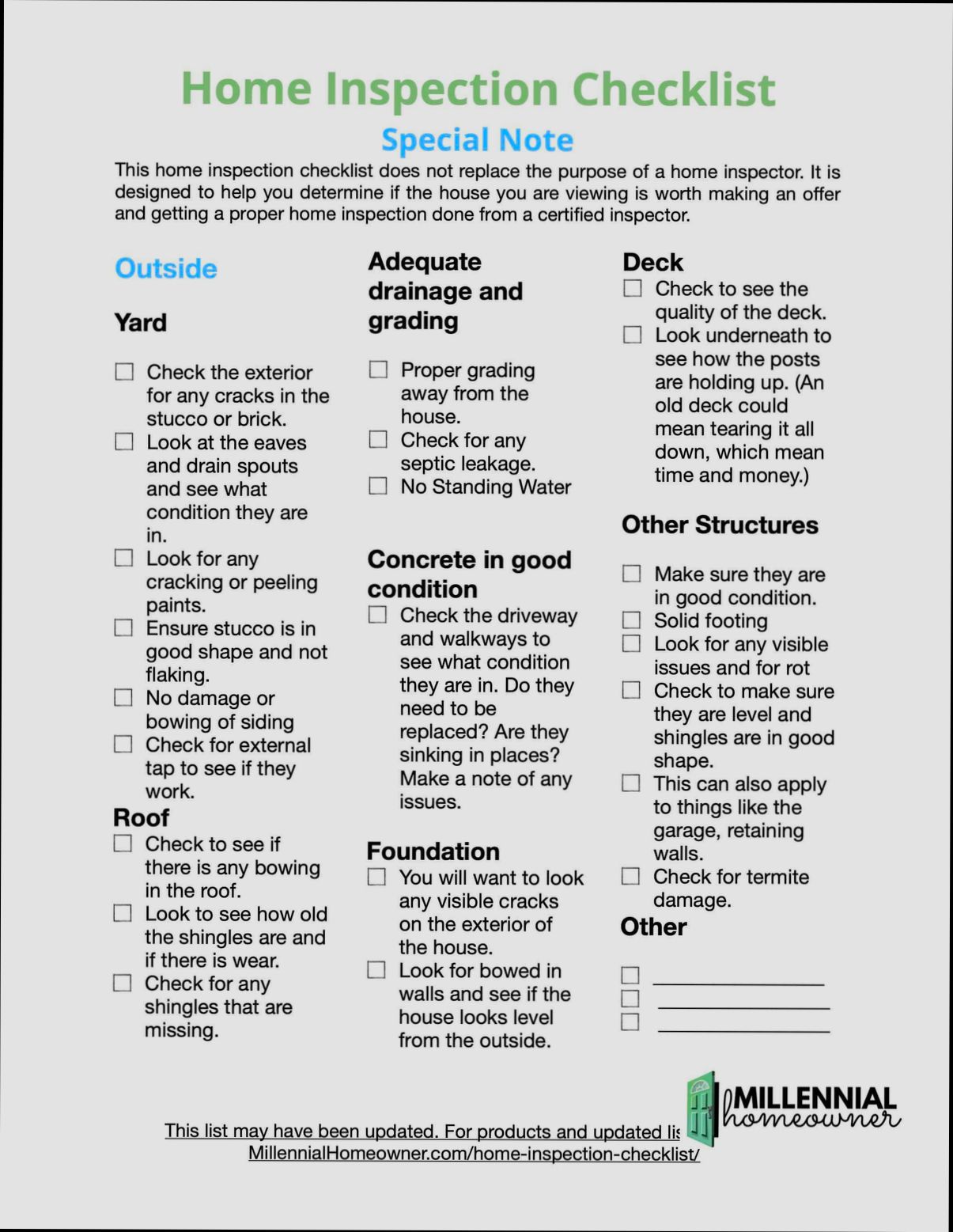
Real-World Examples of Inspection Pitfalls
When conducting a home inspection, various pitfalls can undermine your ability to identify critical issues. Recognizing these real-world examples helps you avoid common missteps that could lead to costly surprises later on. Here, we’ll explore specific pitfalls to be aware of during your inspection journey.
Common Inspection Pitfalls to Watch
1. Neglecting Attics and Basements: Some inspectors skip attics and basements, assuming they are in good shape. According to research, about 30% of homeowners later find issues in these areas that went unnoticed during inspection.
2. Failing to Inspect Roofs Thoroughly: Approximately 25% of roofs have hidden issues like missing shingles or water damage that could only be detected with a closer look. This oversight can lead to thousands in repair costs down the road.
3. Misinterpreting Cosmetic Repairs: Cosmetic fixes might mask underlying problems. About 20% of buyers purchase homes with superficial renovations that conceal serious structural defects, such as foundational issues.
4. Ignoring Environmental Hazards: Inspectors often overlook environmental hazards like radon or mold. Reports indicate that roughly 15% of homes tested positive for elevated radon levels after purchase, leading to significant remediation costs.
Inspection Pitfall Data Comparison
| Pitfall Type | Percentage Impacted | Reporting Homeowner Surprise Rate |
|---|---|---|
| Neglected Attics and Basements | 30% | 40% |
| Incomplete Roof Inspections | 25% | 35% |
| Cosmetic Repairs Hiding Issues | 20% | 30% |
| Overlooking Environmental Hazards | 15% | 25% |
Real-World Cases
- Case Study 1: A couple purchased a home only to discover significant mold growth in the attic. The inspector failed to check this space thoroughly, resulting in a remediation cost of $10,000. They later learned that 30% of buyers faced similar issues due to neglected attic inspections.
- Case Study 2: A real estate agent encountered a home where the inspection revealed fresh paint in the basement. Subsequent investigation revealed extensive water damage hidden beneath the new coat, which would have been caught with proper assessment.
- Case Study 3: A homeowner discovered a radon issue long after buying the home; a technician explained that nearly 15% of homes tested post-sale often reveal unexpected radon levels, leading to costly remediation efforts.
Practical Implications for Home Buyers
Understanding common inspection pitfalls can save you both time and money. Always ensure that your inspector checks all areas thoroughly, including attics and basements. Request detailed reports on any cosmetic fixes, and consider additional tests for radon or other hazards that might not be covered in a standard home inspection.
Actionable Insights
- Always bring a checklist to your inspection to track potential problem areas, especially attics and basements.
- Consider hiring specialized inspectors for environmental concerns to follow up on standard inspections.
- Be cautious of homes with superficial cosmetic changes and demand transparency regarding past repairs.
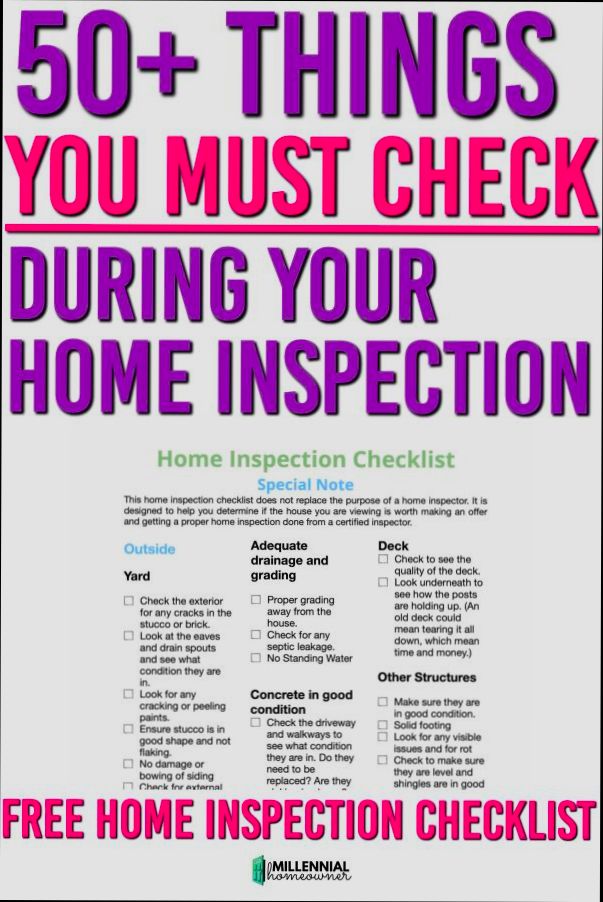
Advantages of a Comprehensive Inspection
A comprehensive home inspection goes beyond basic checks; it offers a wealth of insights that can save you time, money, and stress. With the right approach, you’ll be equipped to identify issues early, ensure safety, and improve the overall reliability of your home.
Enhanced Insight and Trend Analysis
A well-structured inspection program allows for the identification of trends, helping you spot gradual performance deterioration before it escalates into major failures. For instance, 70% of managers reported that observing such trends led to proactive maintenance practices, effectively minimizing the occurrence of unexpected breakdowns.
- Identify Trends: Monitoring over time reveals patterns that indicate the need for maintenance, allowing for timely intervention.
- Prioritize Maintenance: Allocating resources effectively becomes feasible as you can address the most critical issues first.
Proactive Decision-Making
Automated, real-time analysis tools revolutionize the way we process inspection data. They provide predictive insights that empower managers to make decisions based on objective data rather than hunches.
- Lower Control Limits (LCL) and Upper Control Limits (UCL): By dynamically calculating these statistics, inspections can highlight areas requiring immediate attention. When readings exceed UCL or fall below LCL, real-time alerts trigger action, improving safety and reducing risks.
- Automated Alerts: These notifications ensure that nothing slips through the cracks, fostering a safer living environment.
Flexibility and Customization
A comprehensive approach to inspections means having the flexibility to adapt to varying project requirements. With a Master Questions List, managers can tailor inspection forms to meet specific local needs.
- Custom Workflows: You can update forms and workflows as project or location needs change, ensuring the inspection process stays relevant and efficient.
| Feature | Traditional Inspection | Comprehensive Inspection |
|---|---|---|
| Trend Identification | Limited | Enhanced |
| Data Accessibility | Isolated | Centralized |
| Maintenance Prioritization | Reactive | Proactive |
| Customization | Static Forms | Dynamic Forms |
| Real-time Alerts | None | Present |
Real-World Examples
Consider a large facility management company that implemented a comprehensive inspection approach. They utilized dynamic data analysis tools that revealed a gradual decline in HVAC system performance. By addressing these issues early, they avoided costly repairs and ensured optimal climate control, increasing comfort and energy efficiency.
Another company tailored their inspection forms to include specific questions pertinent to local regulatory requirements. This adaptability not only streamlined their inspections but also ensured compliance with local building codes, significantly reducing the risk of potential legal complications.
Practical Implications
For you as a homeowner, a comprehensive inspection can mean more than just ticking boxes. It allows you to take charge of your home’s safety and maintain its value. By investing in thorough inspections, you will:
- Improve safety conditions by proactively addressing risks.
- Save money in the long run through early detection of issues.
- Ensure compliance with local standards, reducing the likelihood of legal issues.
Act now and consider how a detailed and adaptable inspection approach can transform the way you maintain your home. Staying proactive not only enhances comfort but also safeguards your investment.
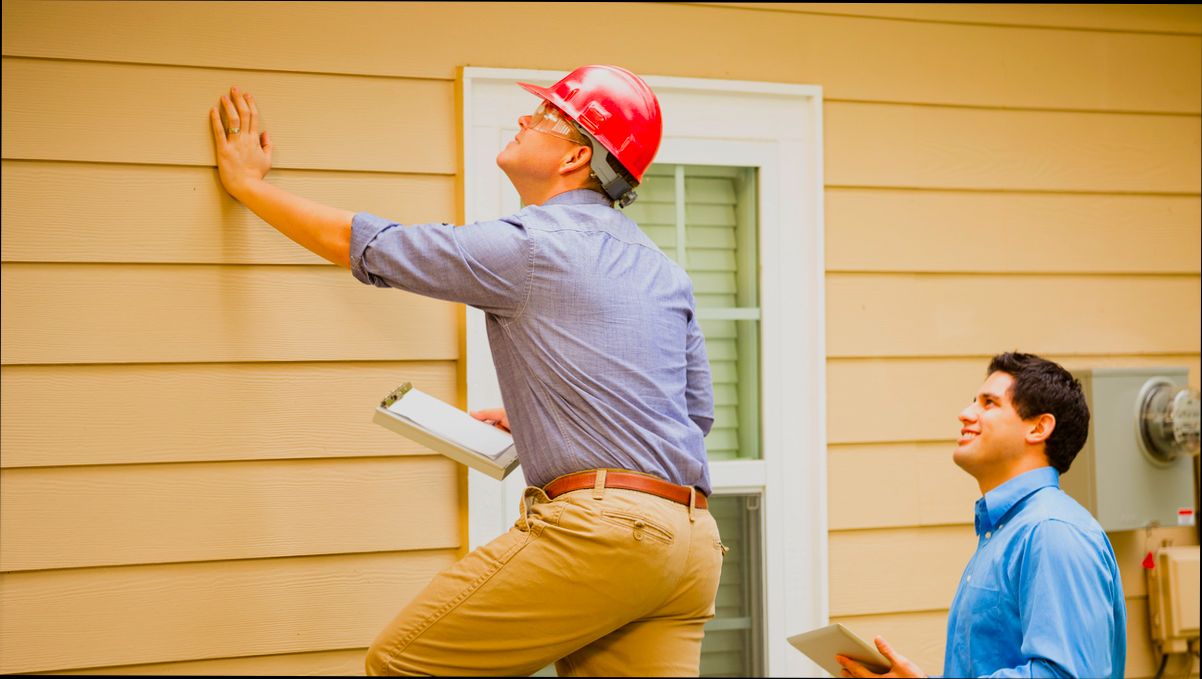
Identifying Signs of Pest Infestations
When it comes to maintaining a safe living environment, being vigilant about pest infestations is key. Pests can cause property damage, health risks, and overall distress in your home. Knowing what to look for can help you catch signs of infestations early and address them before they escalate.
Common Indicators of Pest Infestations
Here are some signs to look for during your home inspection:
- Droppings: Finding small, dark pellets in corners, along baseboards, or in cupboards can indicate a rodent or insect presence. Rodent droppings can be a clear sign of an infestation.
- Nesting Materials: Piles of nesting materials, such as shredded paper, fabric, or plant matter, in hidden areas like attics or basements can suggest mice or rat activity.
- Holes and Gaps: Look for small holes or gaps in walls or floors, as these can be entry points for pests like rodents or termites. Chewed furniture or wires may also indicate that pests are active.
- Unpleasant Odors: Noticeable musky odors often point to rodent infestations. If you smell something unusual, it’s worth investigating further.
- Visible Pests: While some pests can be elusive, seeing live insects or rodents in your home is a clear indicator of an infestation that requires immediate action.
Table of Pest Signs
| Pest Type | Sign | Description |
|---|---|---|
| Rodents | Droppings | Small, dark pellets in hidden areas |
| Termites | Wood Damage | Hollowed wood or mud tubes |
| Ants | Trails | Visible trails of ants on surfaces |
| Bed Bugs | Blood Stains | Small blood spots on linens |
| Cockroaches | Feces | Small, dark pellet-like droppings |
Real-World Cases of Identifying Infestations
Consider a homeowner in McAllen, TX, who noticed unusual chew marks on baseboards. This was accompanied by finding droppings in the kitchen, which led to the discovery of a rodent nest in the attic. Prompt action resulted in hiring a pest control service, preventing significant property damage.
In another incident, a family reported an unpleasant odor coming from their walls. Upon inspection, it was revealed that termites had been silently eating away at the wood, creating a hidden but serious issue that could have compromised the home’s structure.
Practical Tips for Detection
- Regular Inspections: Schedule routine inspections of your home, especially in areas less frequently accessed, like attics and basements.
- Pay Attention to Changes: If you notice an uptick in pests or signs of damage, act immediately to prevent further issues.
- Record Your Findings: Keep a detailed log of any signs you find, which can help pest control professionals identify the best course of action.
It’s essential to stay proactive in identifying signs of pest infestations in your home. Keeping an eye out for droppings, nesting materials, and any unusual odors or damages can make a significant difference in protecting your space from pests.
